The world of culinary arts is vast – fortunately. It ranges from wine to food to different flavours that can be perceived in many different ways. Many topics in this world are obvious, others extraordinary and still others are sometimes taken for granted – until the moment when you have a special experience with one of these taken-for-granted products. One of these products is coffee. Of course, we prefer to drink it as good and tasty and aromatic as possible, but often we take it as it is. If, for example, a coffee lover is away for one, two or three days at a training course, a seminar or other pastimes that usually provide coffee that is simply brewed and kept warm for a long time, he or she is all the happier to be able to enjoy high-quality coffee again at home.
The Romanée-Conti among coffee beans
And as is almost always the case in the culinary world, there is also a “Holy Grail” for coffee. It is the Breton among lobsters, the Kobe among beef and the Romanée-Conti among wines. We are talking about Luwak. A product that comes from a faraway land, is curiously produced there and is bursting with aroma. Kopi – Indonesian for coffee – 2.0, so to speak. Kopi Luwak is produced on the Indonesian islands of Sumatra, Java and Sulawesi.
Luwak stands for the actor who plays the key role in the production, or let’s say extraction. The luwak is a so-called spotted musang, a creeping cat that resembles either a cat or a weasel and is native to South and Southeast Asia. But how is this spotted musang involved in the production of the exclusive coffee?
It’s as simple as it is curious: the spotted musang lives near coffee plantations because it finds plenty of food there in the form of coffee cherries. So at night, the sneaky cat sets off and makes the coffee plantations unsafe. Originally, of course, this was not very welcome, as it reduced the harvest. Nowadays, people know the added value and enjoy the animals. So the ripe, juicy and fully aromatic coffee cherries are cheerfully eaten and – yes what – later excreted.
However, the magical process now takes place in the animals’ intestines: Since the animals can only digest the pulp, but not the coffee bean, it remains in its structure as a bean. Due to the moisture in the intestines and the enzymes at work, a wet fermentation of the coffee beans takes place, which significantly changes the taste of the bean. In addition, the bitter substances are broken down and the balance of the individual components in the bean becomes more balanced, which later leads to less acidity in the brewed coffee.
So after the spot musang has wet-fermented the fine beans, it separates them – conveniently always in the same place. The coffee farmer now only has to grab a container and collect the excreted, fermented beans. These are then cleaned in a complex process, subjected to strict quality control and can then be enjoyed by the customer.
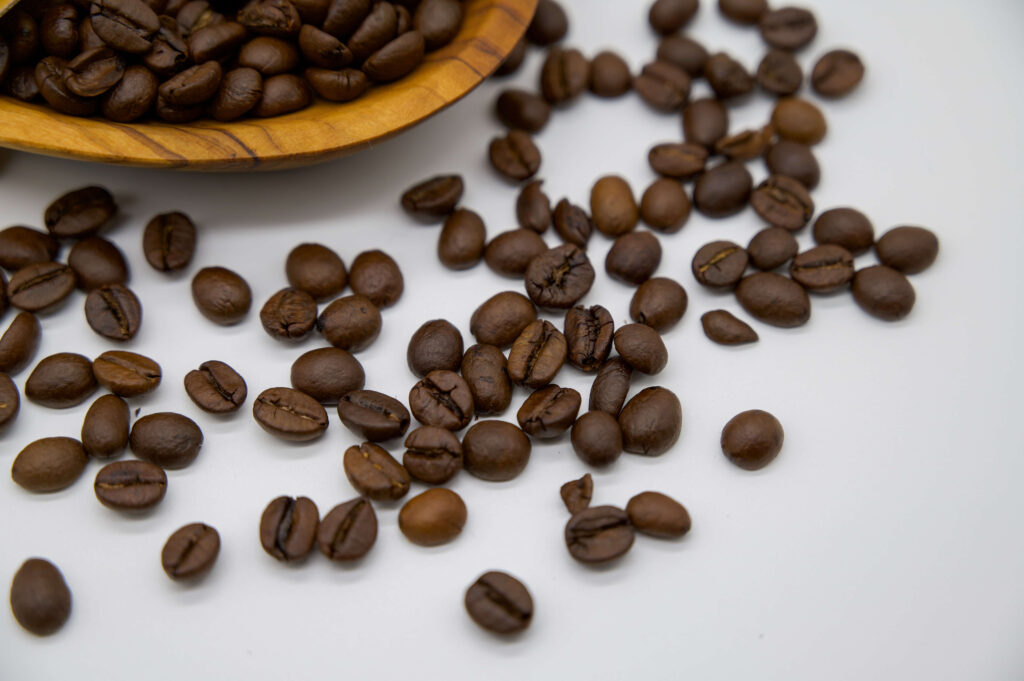
What does a Luwak coffee taste like?
With corresponding prices (15g for 15€) comes a certain expectation. This, I believe, can be met by the Luwak, if it is a high quality Luwak from free-range creeping cats. Of course, it is not an every-day coffee, but for special days it is a wonderful treat. As mentioned earlier, Kopi Luwak is less bitter and has a lower acidity. The flavours also change, of course, due to the wet fermentation. Thus, the Luwak tastes wonderfully full-bodied, yet very mild and brings with it a hint of earthy, musty aromas. It is particularly popular because it often comes with woody nuances that are complemented by chocolate and grass.
The Luwak brand
When something works, people want to copy it elsewhere, that’s the way of things. That’s why various kinds of quality and origin seals are being created, especially for local products with verified origins, to help the consumer. Of course, this also applies to wine and other foodstuffs. Luwak coffee is now as protected a term as champagne or Kobe. Only coffee that comes from the Indonesian islands of Sumatra, Java and Sulawesi can be called Luwak. Just as only the cow from Kobe may be called Kobe. And the sparkling wine from Champagne Champagne.
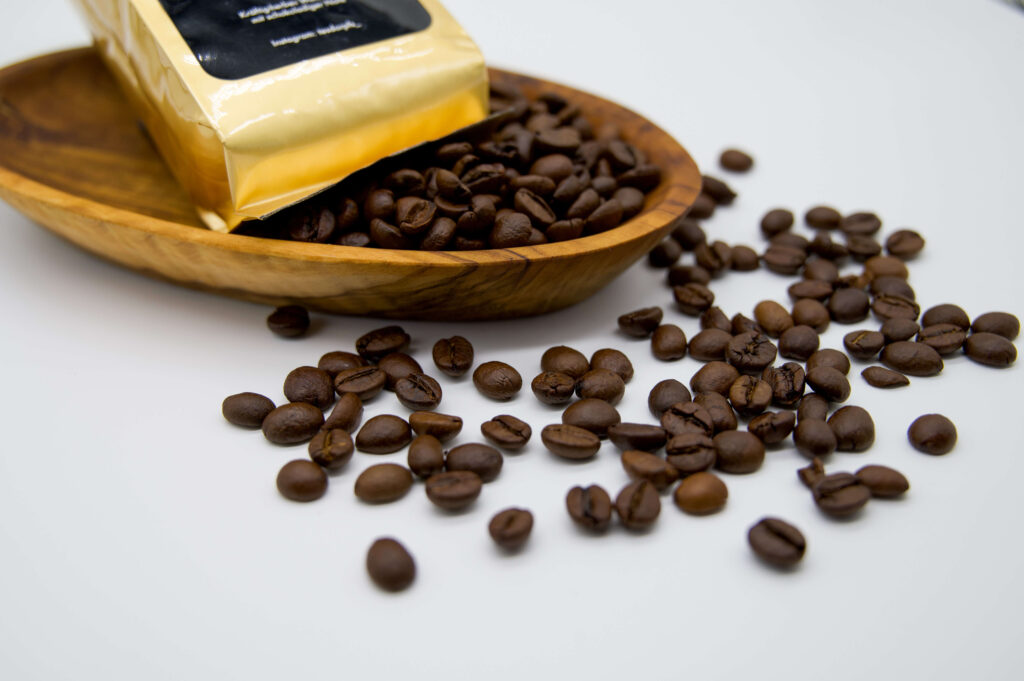
Animal welfare should come before enjoyment
It is important to keep an eye on the different Luwak suppliers. I was made aware of this by some followers on Instagram who had already dealt with the extraordinary cats. As is the case almost everywhere, there are enough black sheep offering Luwak. This is about the living conditions of the animals. Where there are producers – a product that I also offer – who are committed to animal welfare and simply let the animals “do their thing” in their normal living environment – the coffee plantations – there are also producers who keep the cats captive for the production of the valuable and prestigious caffeine drink. This harms the animal as well as the product and its image. If the spotted musang can move freely, it eats many other fruits, insects and plants. If it is kept in small cages, this food is lost and the taste of the beans becomes less intense and aromatic due to the lack of enzymes. So, be careful when buying luwak!
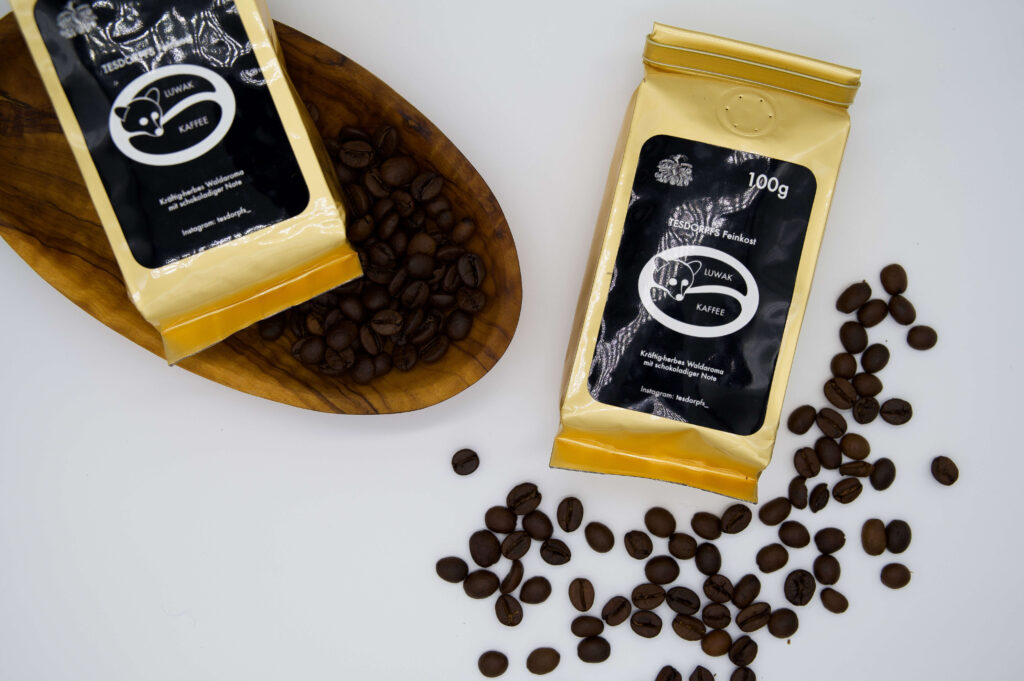

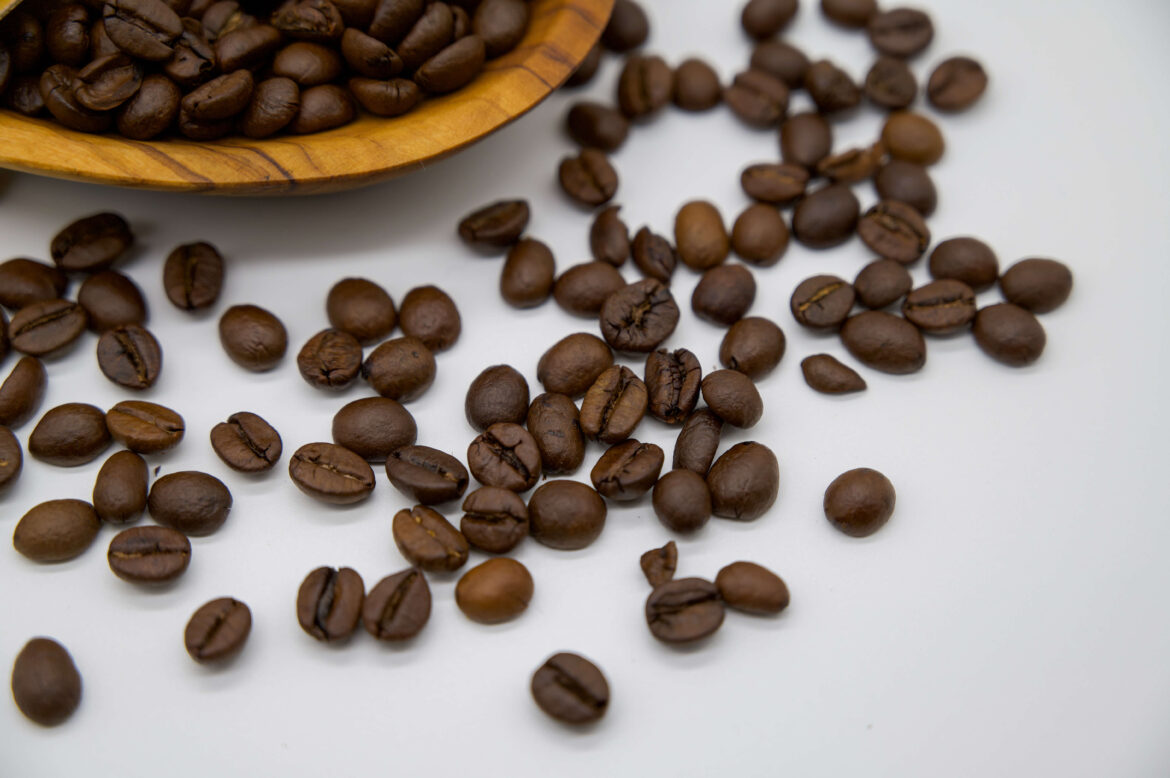
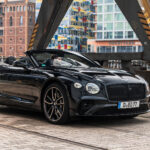
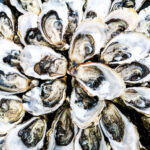


Comments are closed.